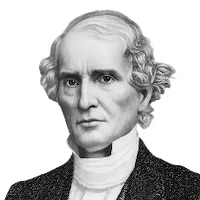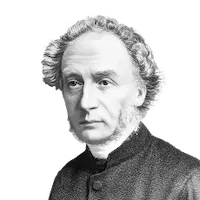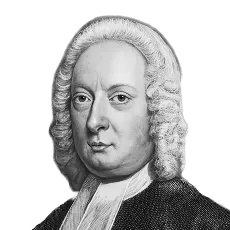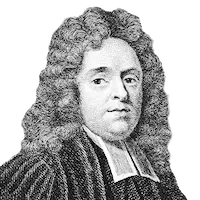Verse of the Day
Author Spotlight
Loading featured author...
Report Issue
See a formatting issue or error?
Let us know →
Verse Takeaways
1
The Symbolism of the Heifer
Commentators explain that the heifer had to be one that had never been worked or yoked. This symbolized its purity and separation for this solemn purpose. Some scholars see it as representing the unknown murderer, dying in his place. Others note a poetic justice: an 'unfruitful' animal atones for a life cut short before it could be 'fruitful.'
See 3 Verse Takeaways
Book Overview
Deuteronomy
Author
Audience
Composition
Teaching Highlights
Outline
+ 5 more
See Overview
Commentaries
4

Albert Barnes
On Deuteronomy 21:3
18th Century
Theologian
The requirements regarding the place and victim are symbolic. The heifer represented the murderer, at least to the extent that it died in his place…

Charles Ellicott
On Deuteronomy 21:1–9
19th Century
Bishop
Deuteronomy 21:1–9. UNDETECTED HOMICIDES.
If one is found slain — It is remarkable th…

John Gill
On Deuteronomy 21:3
17th Century
Pastor
And it shall be, that the city which is next unto the slain
man
And so suspected, as …
Go Ad-Free
Go ad-free and create your own bookmark library

Matthew Henry
On Deuteronomy 21:1–9
17th Century
Minister
If a murderer could not be discovered, a solemn ceremony is prescribed for removing the guilt from the land, as an expression of dread and detestat…